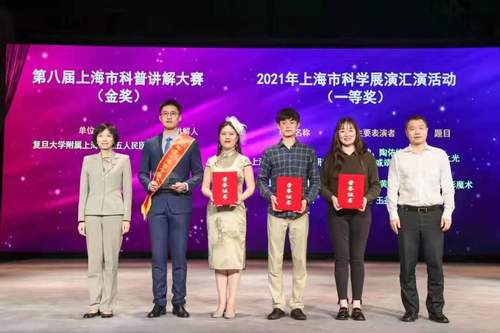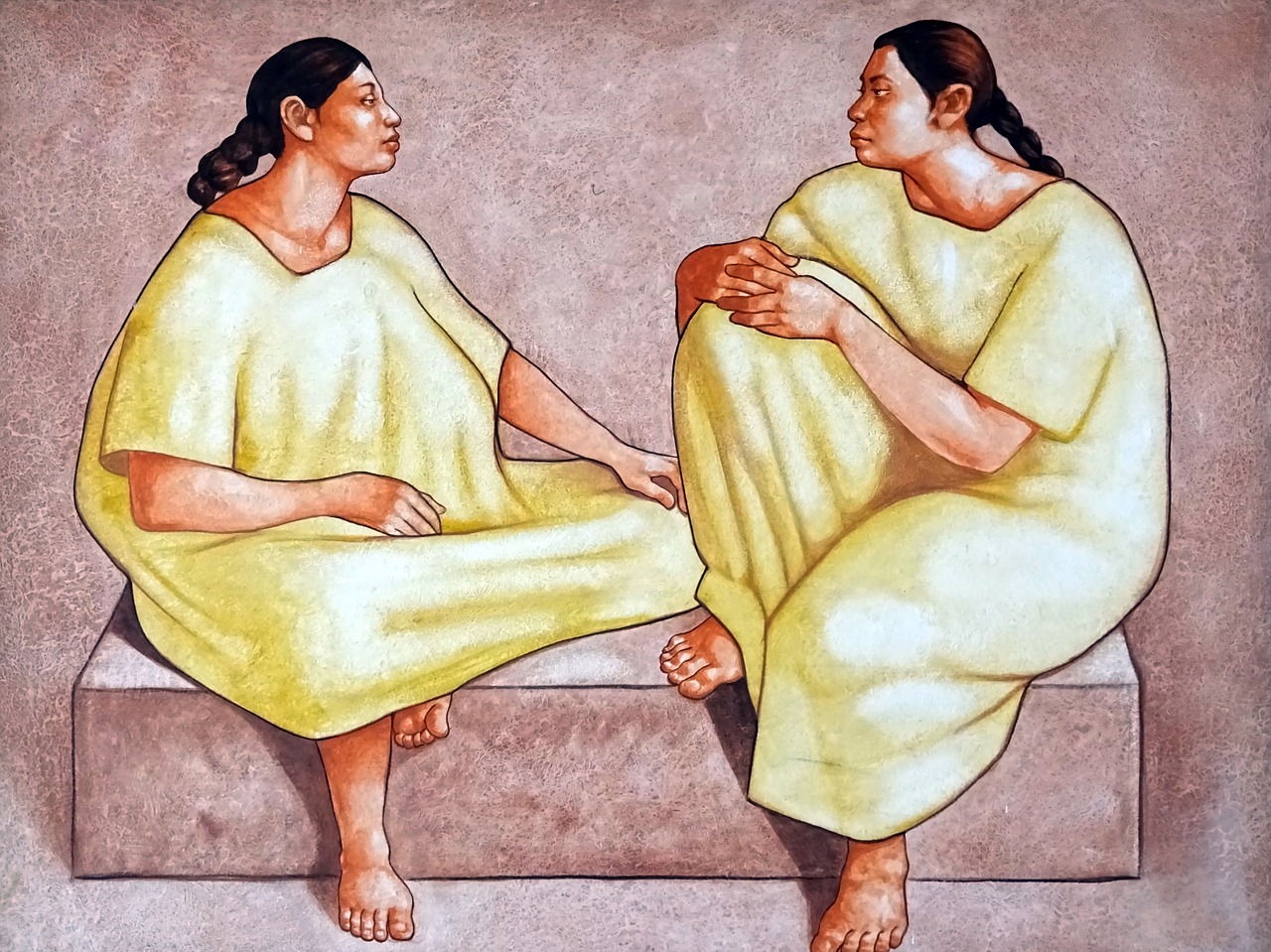关于科技的现代诗歌
Title: "Technopoetry: Unveiling the Fusion of Art and Technology"
Introduction:
In today's rapidly advancing technological world, the boundaries between art and science are becoming increasingly blurred. This convergence has given rise to a new and innovative form of poetry known as "technopoetry." Technopoetry is a genre that embraces the incorporation of cuttingedge technology in the creation and expression of poetic art. This article explores the emergence of technopoetry and its significance in contemporary literature.
I. The Fusion of Art and Technology:
1. Defining Technopoetry:
Technopoetry is a form of poetry that integrates scientific or technological elements into its structure, theme, or presentation.
It utilizes coding, digital art, interactive media, virtual reality, artificial intelligence, and other emerging technologies to enhance poetic expression.
2. Transforming the Creative Process:
Technopoetry expands the possibilities of poetic creation, allowing poets to experiment with new forms and mediums.
It enables the fusion of textual and multimedia elements, raising the level of engagement and immersion for readers.
II. Themes Explored in Technopoetry:
1. HumanTechnology Relationship:
Technopoetry delves into the complexities of the humantechnology relationship, dissecting how technology shapes our lives, emotions, and identities.
It reflects on the impact of artificial intelligence, automation, and virtual realities on our perception of reality and connectivity.
2. Environmental Concerns:
Technopoetry sheds light on environmental issues and the interplay between technology and the natural world.
It emphasizes the urgency for sustainable development and the preservation of our planet, addressing themes such as climate change, pollution, and the balance of nature and technology.
III. Technopoetry Styles and Techniques:
1. Coding and Algorithmic Poetry:
Technopoets utilize coding languages, algorithms, and data visualization to create poems that dynamically respond and adapt to user input or realtime data.
These interactive and generative poems invite readers to actively participate in the creation and interpretation of the poetic experience.
2. Multimedia Integration:
Technopoetry often combines text with visual art, music, videos, or soundscapes to create a multisensory experience.
Through the interplay of multiple art forms, technopoetic works aim to evoke deeper emotional and intellectual responses.
IV. The Significance of Technopoetry:
1. Cultural Reflection:

Technopoetry serves as a reflection of contemporary culture and its relationship with technology, providing insights into the societal impact of technological advancements.
It poses critical questions and challenges prevailing notions, fostering dialogue and awareness about the transformative nature of technology.
2. Broadening Poetic Accessibility:
Technopoetry has the potential to attract new audiences who are drawn to the intersection of technology and art.
It diversifies the poetic landscape and renews interest in poetry as a relevant and accessible art form.
Conclusion:
Technopoetry transcends the traditional boundaries of poetry, incorporating technology as a means of enhancing artistic expression. Through the fusion of art and technology, technopoetry explores contemporary themes and challenges existing norms, offering unique and immersive poetic experiences. As technology continues to evolve, so too will the possibilities and impact of technopoetry on literature and society.











